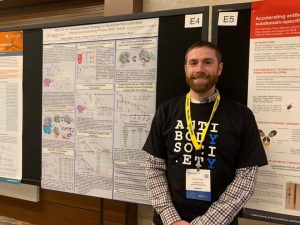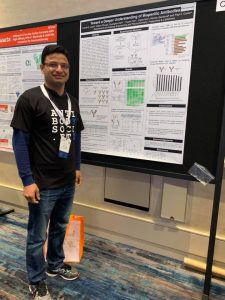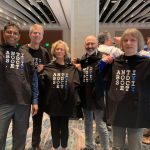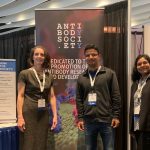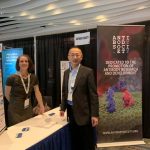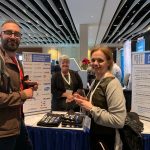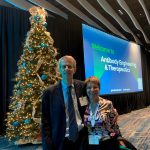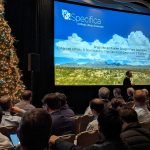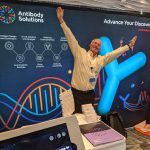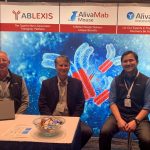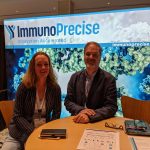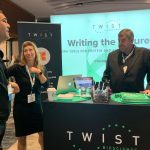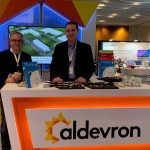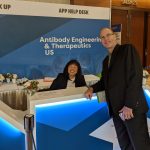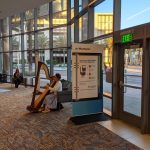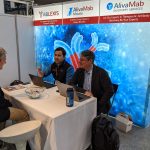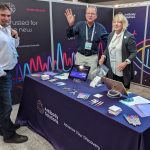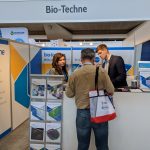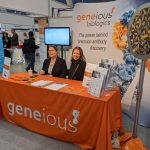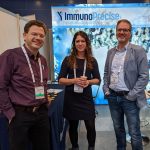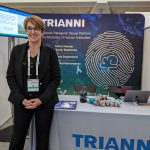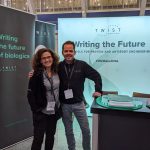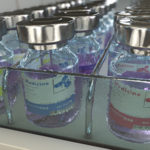This 2020 installment of the annual ‘Antibodies to Watch’ series documents the antibody therapeutics approved in 2019 and in regulatory review in the United States or European Union, as well as those in late-stage clinical studies, as of November 2019*. At this time, a total of 5 novel antibody therapeutics (romosozumab, risankizumab, polatuzumab vedotin, brolucizumab, and crizanlizumab) had been granted a first approval in either the US or EU, and marketing applications for 13 novel antibody therapeutics (eptinezumab, teprotumumab, enfortumab vedotin, isatuximab, [fam-]trastuzumab deruxtecan, inebilizumab, leronlimab, sacituzumab govitecan, satralizumab, narsoplimab, tafasitamab, REGNEB3 and naxituximab) were undergoing review in these regions, which represent the major markets for antibody therapeutics. Also as of November 2019, 79 novel antibodies were undergoing evaluation in late-stage clinical studies. Of the 79 antibodies, 39 were undergoing evaluation in late-stage studies for non-cancer indications, with 2 of these (ublituximab, pamrevlumab) also in late-stage studies for cancer indications. Companies developing 7 (tanezumab, aducanumab, evinacumab, etrolizumab, sutimlimab, anifrolumab, and teplizumab) of the 39 drugs have indicated that they may submit a marketing application in either the US or EU in 2020. Of the 79 antibodies in late-stage studies, 40 were undergoing evaluation as treatments for cancer, and potentially 9 of these (belantamab mafodotin, oportuzumab monatox, margetuximab, dostarlimab, spartalizumab, 131I-omburtamab, loncastuximab tesirine, balstilimab, and zalifrelimab) may enter regulatory review in late 2019 or in 2020. Overall, the biopharmaceutical industry’s clinical pipeline of antibody therapeutics is robust, and should provide a continuous supply of innovative products for patients in the future.
*Note on key updates through December 20, 2019: 1) the US Food and Drug Administration granted accelerated approval to [fam-]trastuzumab deruxtecan (Enhertu) on December 20, 2019; 2) the US Food and Drug Administration granted accelerated approval to enfortumab vedotin-ejfv (Padcev) on December 18, 2019, bringing the total number of novel antibody therapeutics granted a first approval in either the US or EU during 2019 to 7; 3) the European Commission approved romosozumab on December 9, 2019; 4) the European Medicines Agency issued a positive opinion for brolucizumab; 5) Sesen Bio initiated a rolling biologics license application (BLA) on December 6, 2019; 6) GlaxoSmithKline submitted a BLA for belantamab mafodotin; 7) Macrogenics submitted a BLA for margetuximab; and 8) the status of the Phase 3 study (NCT04128696) of GSK3359609 in patients with head and neck squamous cell carcinoma was updated to recruiting from not yet recruiting.

